UK cops track movements of Novichok suspects
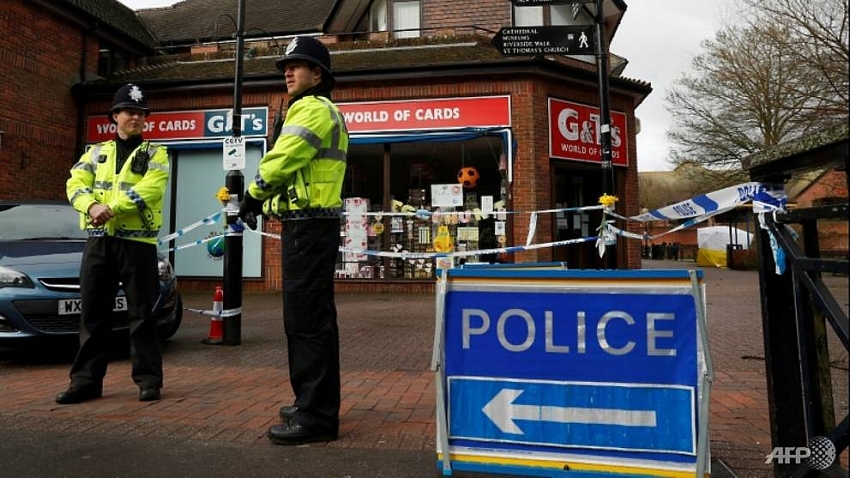 |
| Britain, the United States and other allies have accused Russia of involvement in an attack using the nerve agent Novichok against a former Russian double agent and his daughter in March 2018 in Salisbury, England. (AFP/Adrian DENNIS) |
After thousands of hours of work, they have traced the steps of Alexander Petrov and Ruslan Boshirov as they arrived in Britain on Mar 2, conducted a reconnaissance mission in Salisbury, carried out their attack on Mar 4 and immediately headed back to Russia.
They believe they have pinned down a timeline of the failed attempt to murder Skripal, a former Russian double agent who came to Britain in a spy swap, in the first use of chemical weapons in Europe since World War II.
It is alleged they sprayed the toxic poison Novichok on the handle of Skripal's front door in the city of Salisbury, southwest England. The Novichok was smuggled into Britain in a fake perfume bottle.
Around 250 counter-terror detectives have spent six months trawling through the evidence, including searching 11,000 hours of security camera footage.
The case against Petrov and Boshirov also involves evidence from Britain's military Defence, Science and Technology Laboratory, and the Organisation for the Prohibition of Chemical Weapons in The Hague.
British Prime Minister Theresa May said the two suspects are members of the GRU, Russia's military intelligence service, who carried out a mission almost certainly approved at a senior level of the Russian state.
Petrov and Boshirov are approximately 40 years old, and are Russian nationals who were travelling on Russian passports, according to the police case against them.
Detectives believe their names are likely aliases. They also believe the passports were issued by the Russian government.
They said the pair had previously travelled to Britain under these identities and had legitimate reasons for their visas, though did not say what type of visa they had.
The mugshots released of the pair are from the travel documents they used to enter Britain.
IN-AND-OUT JOB
The pair flew from Moscow to London Gatwick Airport on Mar 2 on Aeroflot flight SU2588, arriving at 3:00pm.
After clearing immigration, they took a train to the London's Victoria station, arriving at around 5:40pm, before going to Waterloo station. They were at Waterloo between 6:00pm and 7:00pm.
Afterwards they made their way to the City Stay Hotel in Bow, east London, for the first of their two-night stay.
Traces of Novichok, below levels which would cause public health concern, were later found in their room.
The following day, Mar 3, they travelled from Waterloo to Salisbury, arriving at around 2:25pm and leaving at 4:10pm on what was a particularly cold weekend, with heavy snow in the cathedral city.
Police believe this was a reconnaissance trip.
They returned to London and went back to Bow.
On Mar 4, they made the same journey, travelling on the London Underground from Bow to Waterloo at approximately 8:05am.
Security camera footage of the pair shows them in the immediate vicinity of the Skripals' house at 11:58am.
Police say this was moments before the Novichok was sprayed on the door handle.
The suspects were pictured at Salisbury train station at 1:50pm and returned to Waterloo.
The Skripals were found unconscious on a bench in Salisbury at 4:15pm.
Petrov and Boshirov took the Underground to London Heathrow Airport at around 6:30pm.
A released image shows the suspects going through the passport scanning gates at 7:28pm.
They flew to Moscow on Aeroflot flight SU2585, leaving at 10:30pm.
Police have no evidence to suggest the pair have re-entered Britain since.
Russia has denied having any involvement in the case. Moscow officials have offered a variety of possible theories and counter-narratives.
What the stars mean:
★ Poor ★ ★ Promising ★★★ Good ★★★★ Very good ★★★★★ Exceptional
Related Contents
Latest News
More News
- Malaysia sets up clean energy exchange (April 16, 2024 | 16:59)
- Indonesia issues dengue fever warning to Bali tourists (April 16, 2024 | 16:53)
- Trade facilitation ahead with ASEAN-India deal upgrade (April 15, 2024 | 17:00)
- ASEAN strength to be built on with trade reforms (April 15, 2024 | 14:58)
- Malaysian airlines to charge carbon levy soon (April 15, 2024 | 09:21)
- Malaysia issues heatwave alert for 14 areas (April 15, 2024 | 09:12)
- China, Thailand forge alliance for moon exploration (April 15, 2024 | 08:00)
- Two Philippine navy pilots dead after helicopter crash (April 11, 2024 | 16:58)
- Singapore: E-commerce scams double in 2023 (April 11, 2024 | 16:55)
- Malaysia urges Meta, TikTok to curb harmful content (April 10, 2024 | 16:21)



 Tag:
Tag: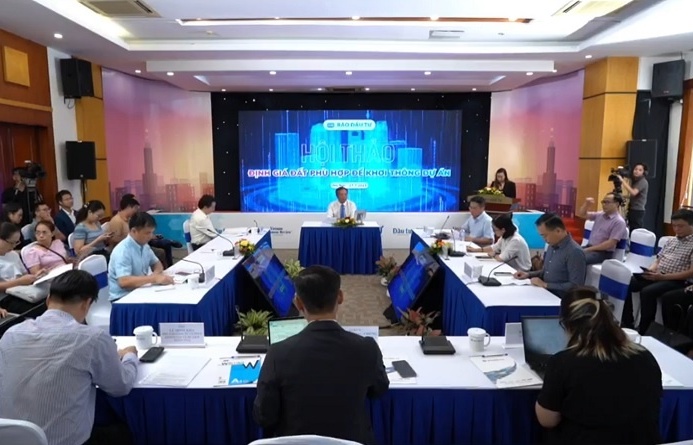
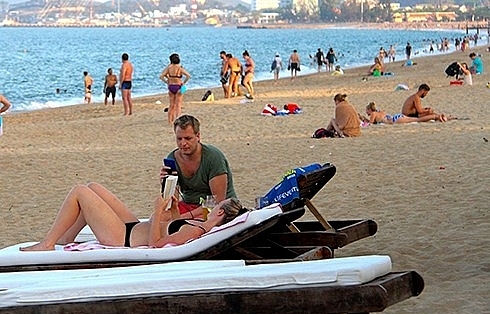
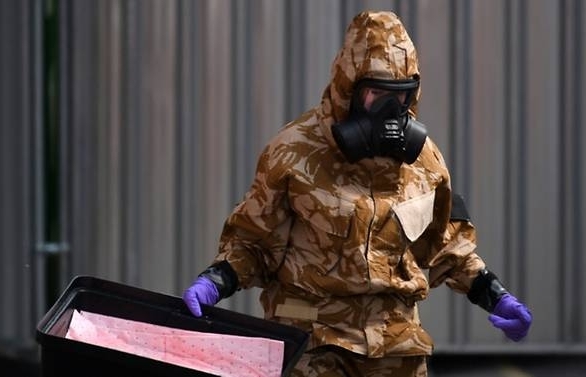
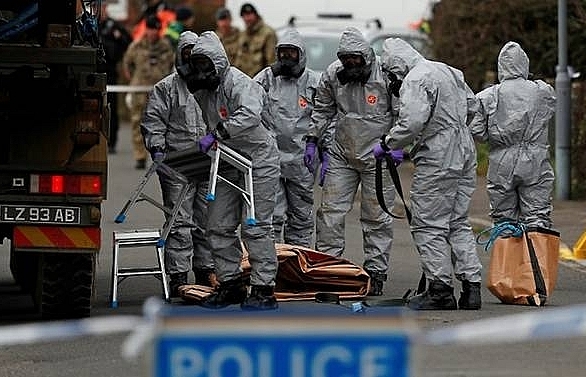
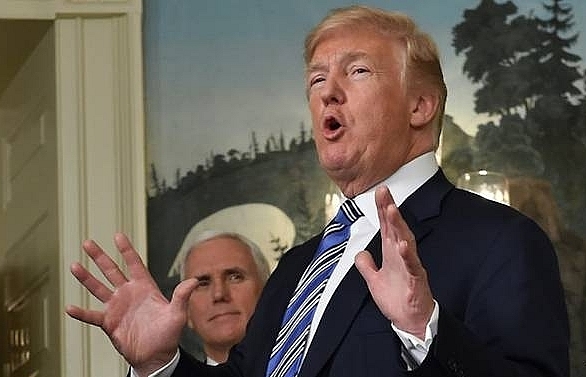
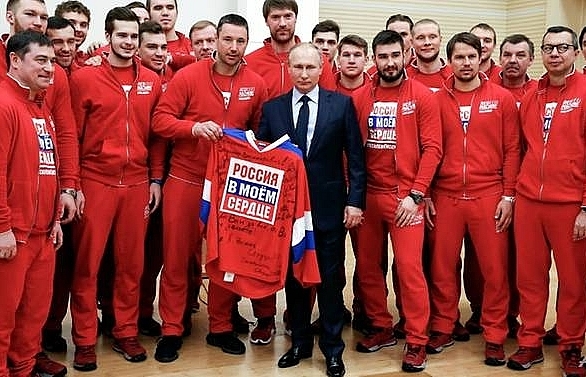
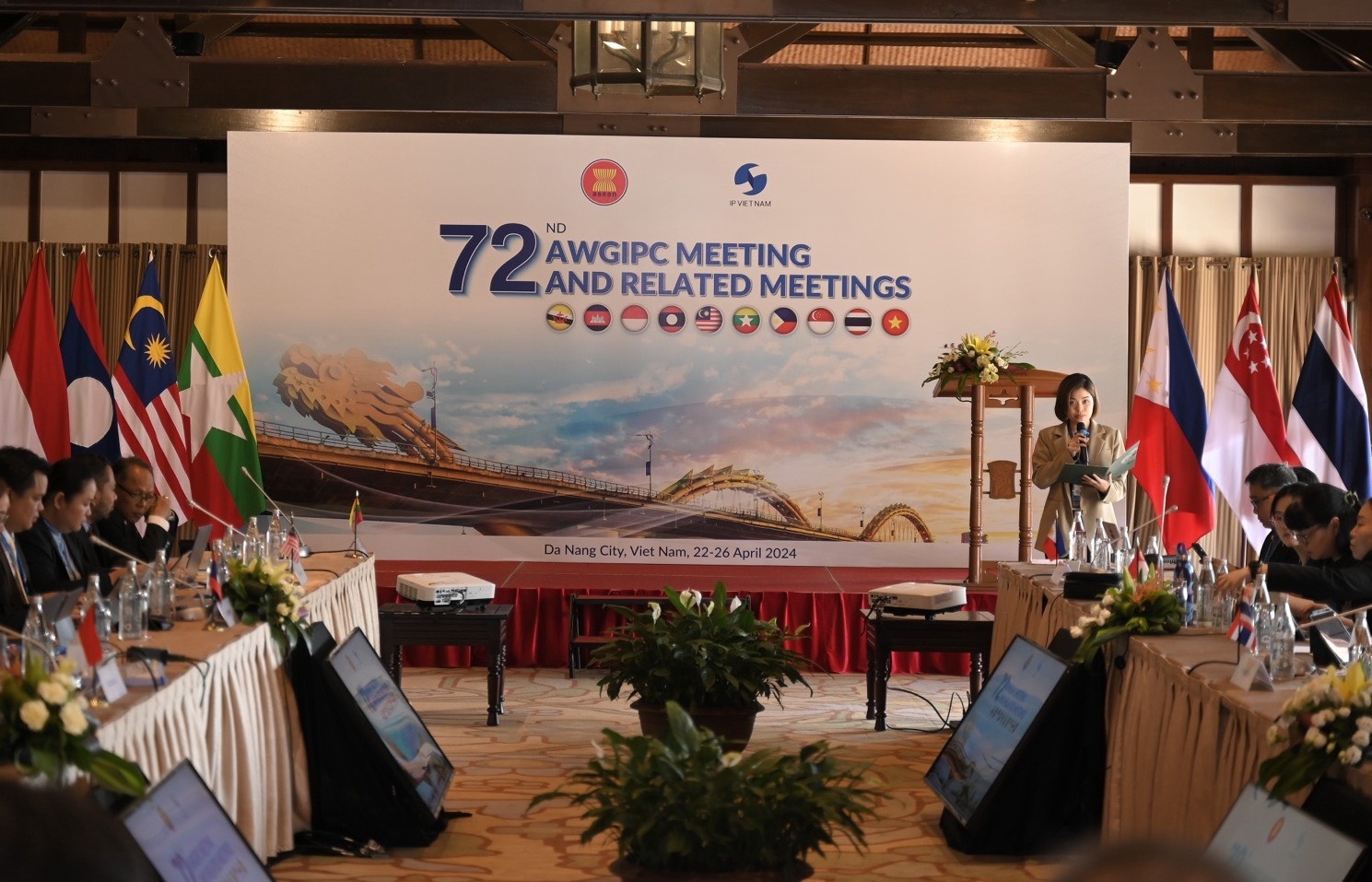
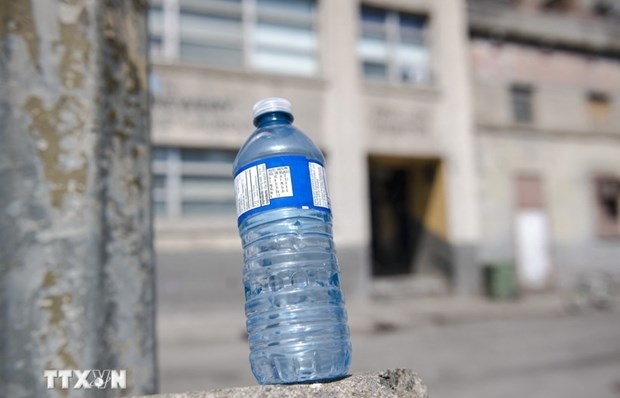
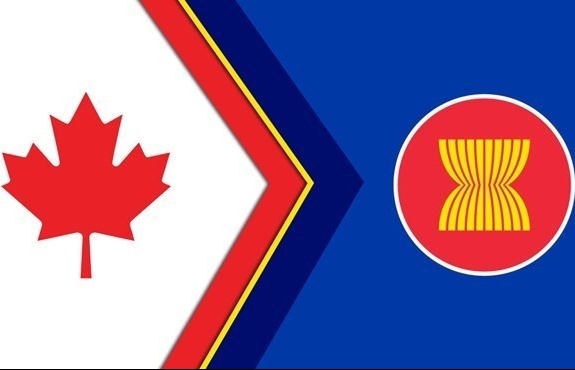


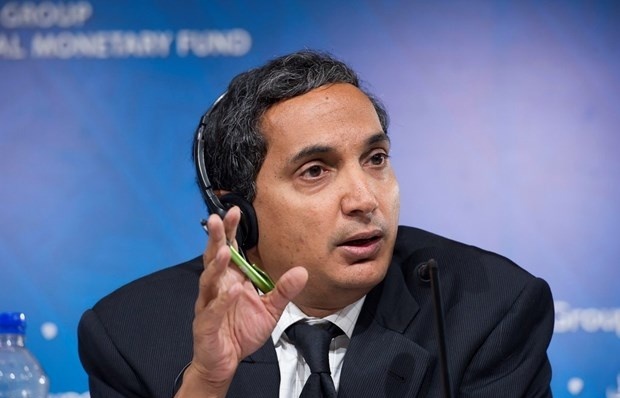


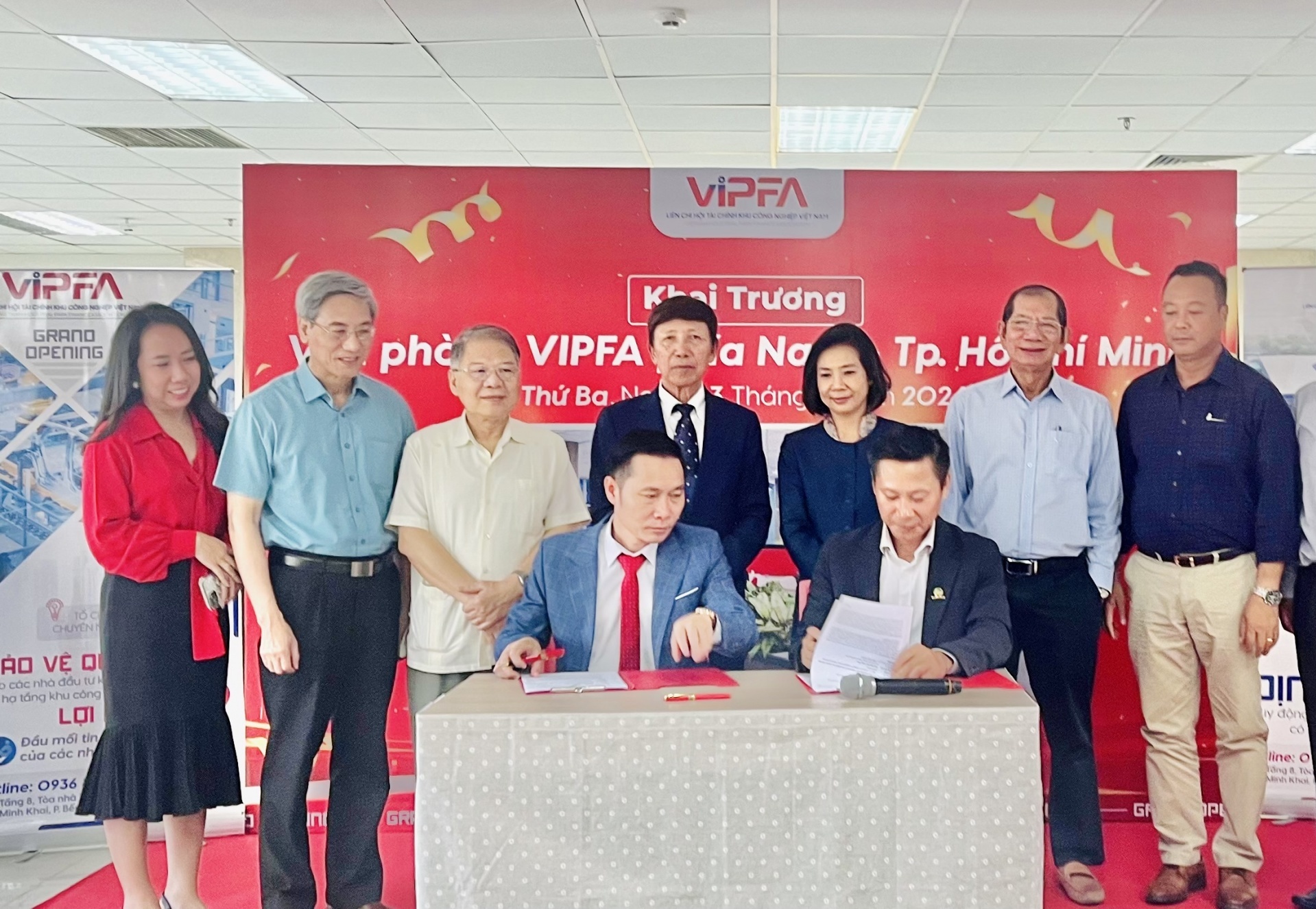

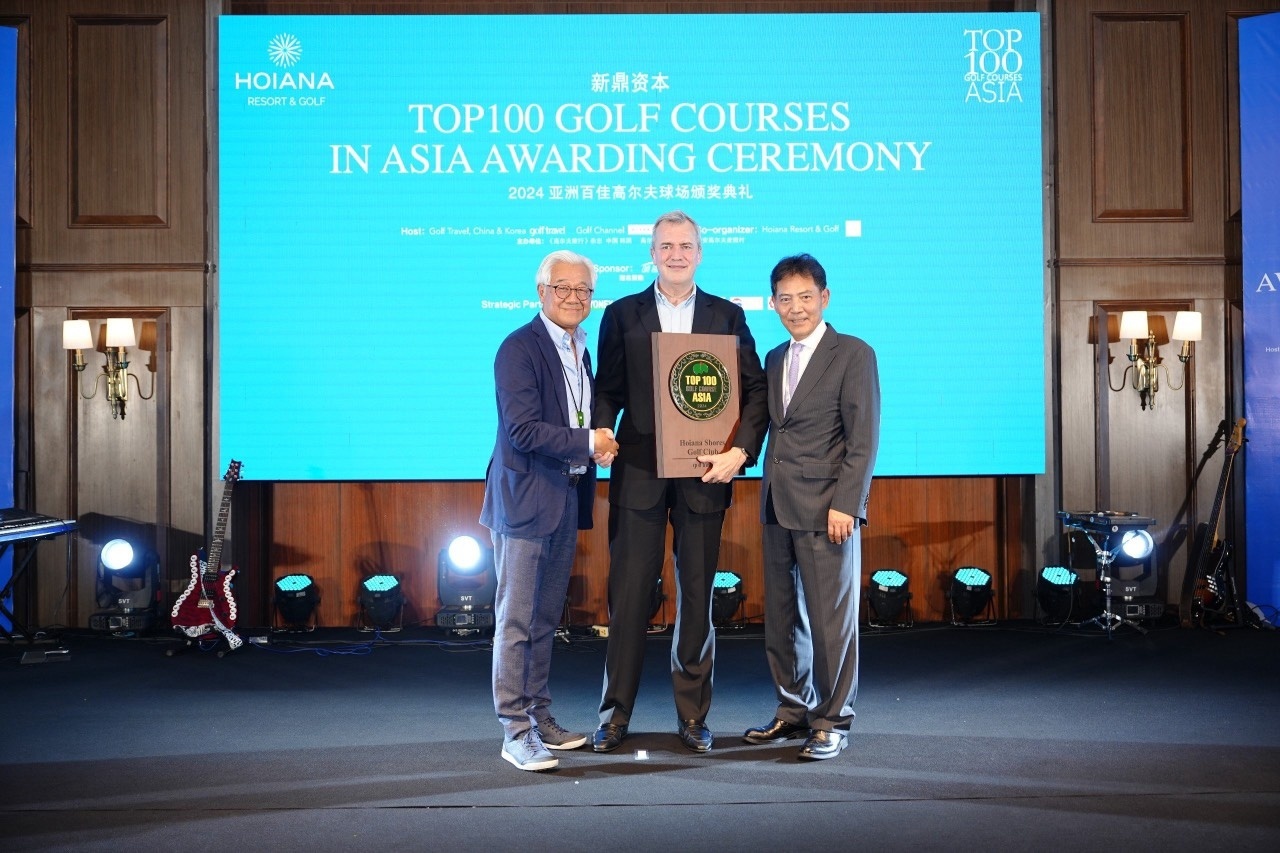
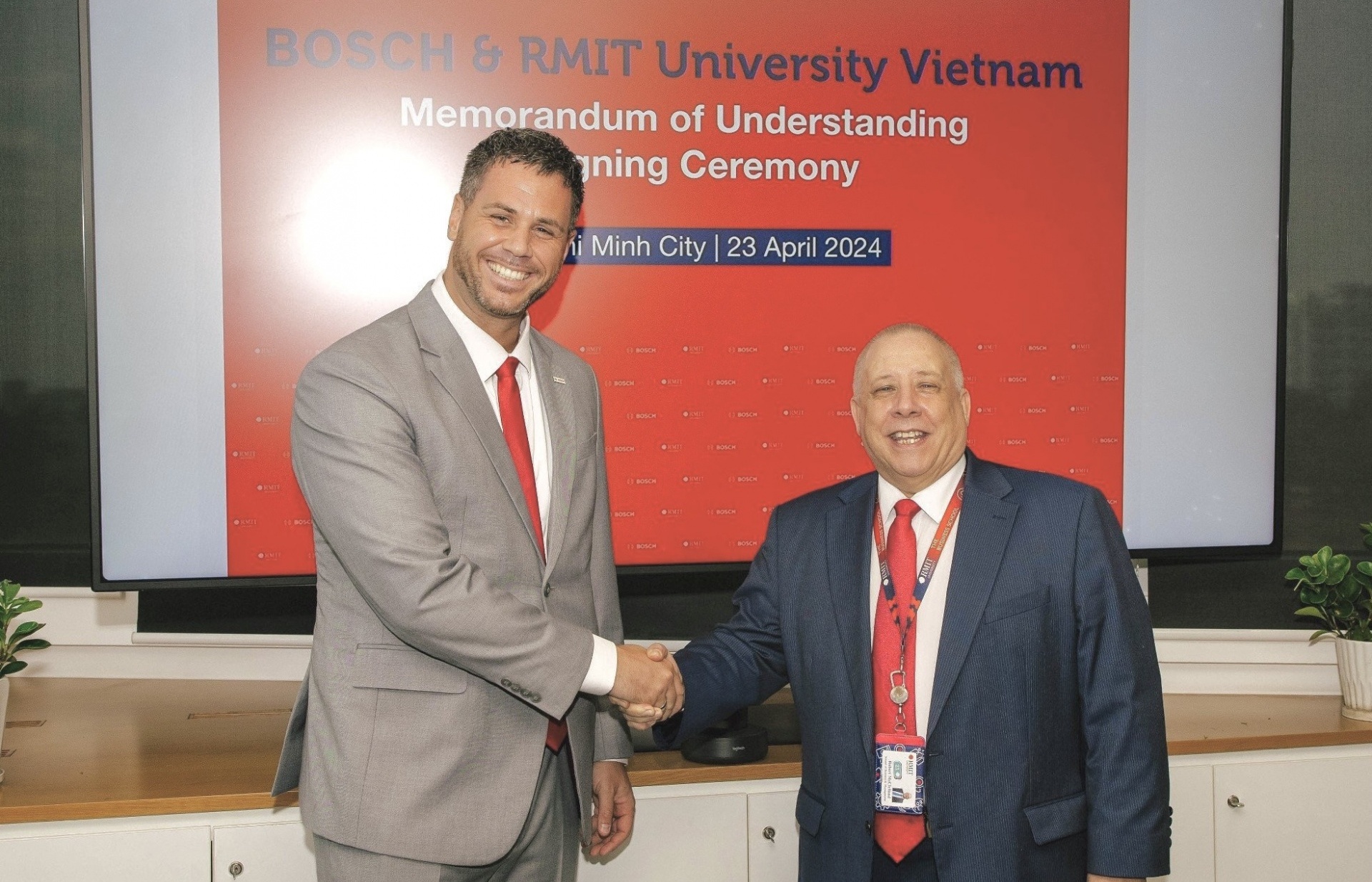



 Mobile Version
Mobile Version